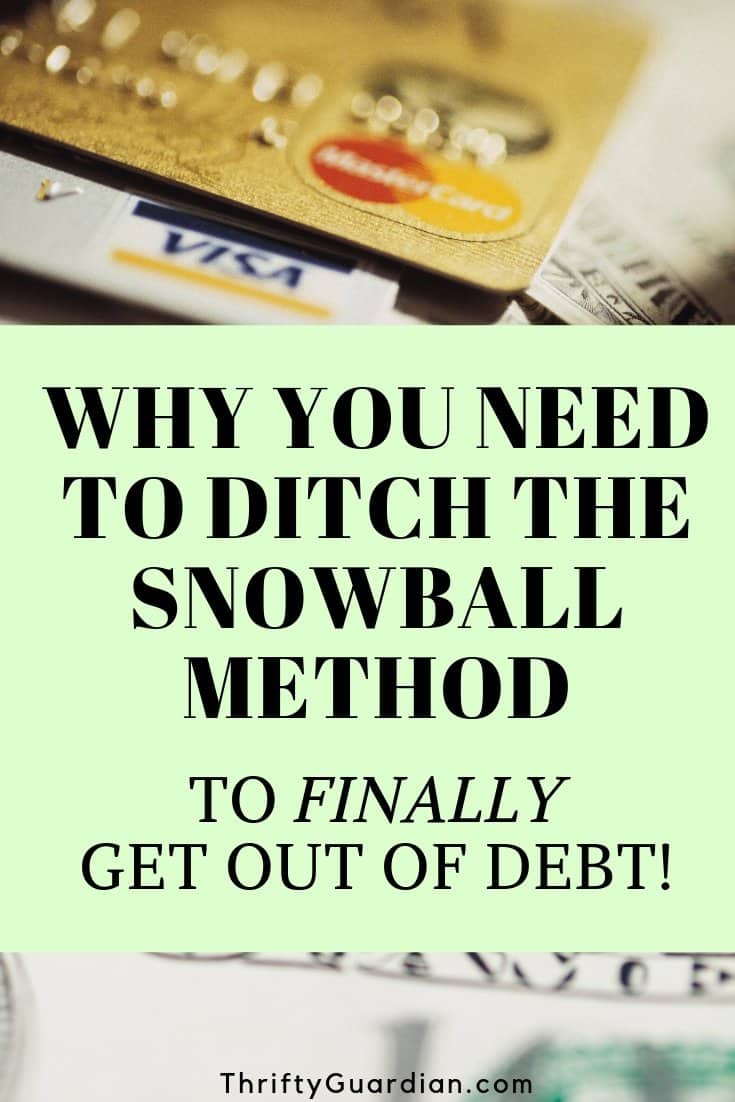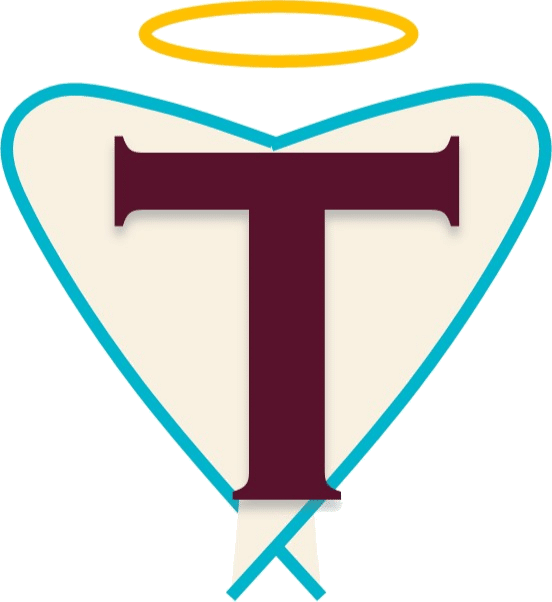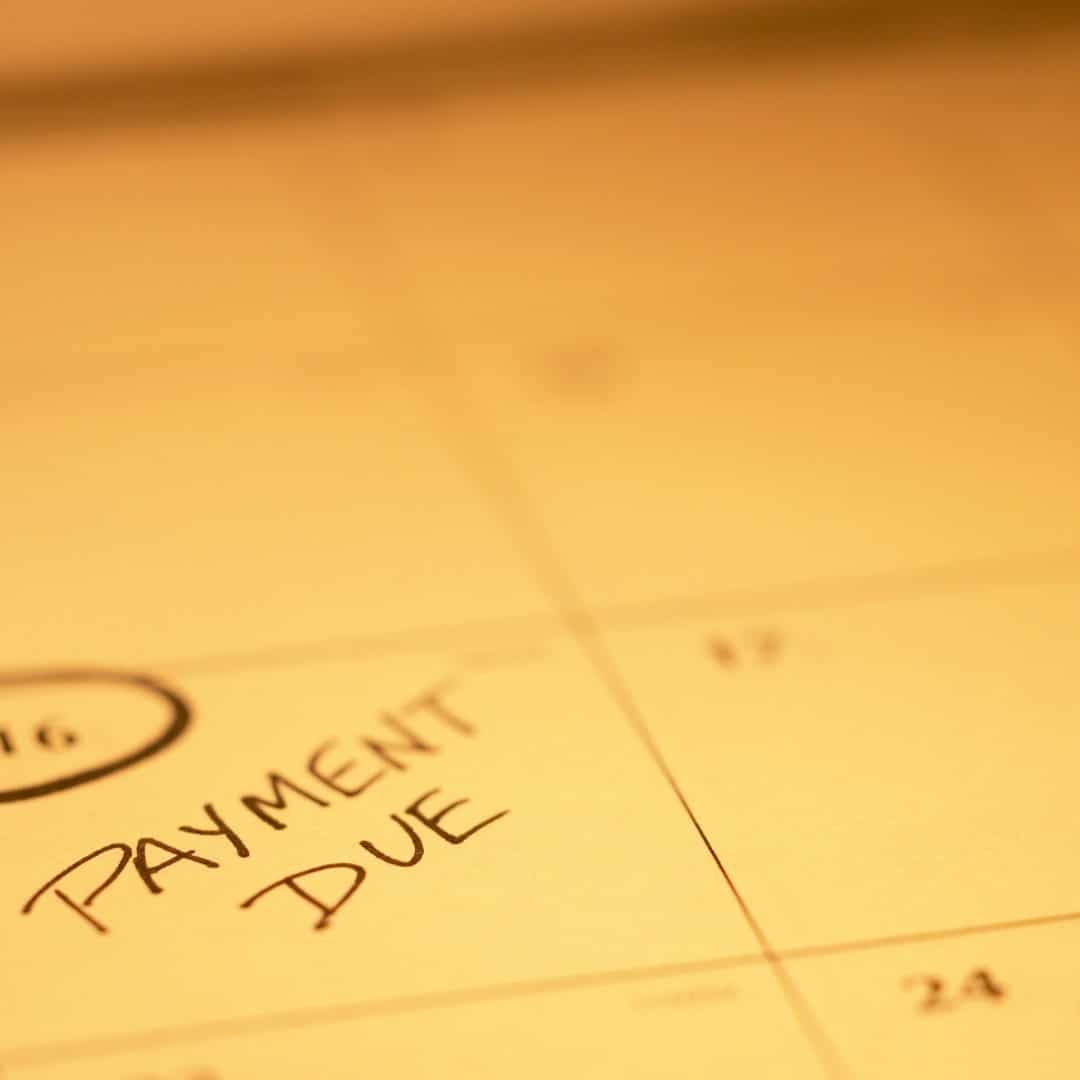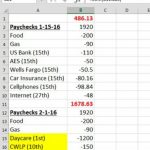Paying down debt can go such a long way to living a better, healthier life. Less debt means less stress, but it also means less time spent having to find ways to make sure the bills are paid each month.
There advice on how best to find financial freedom is conflicting to say the least, so I hate to throw one more wrench your way, buuuut…
The Argument Against the Snowball Method
In January 2016, our household debt totaled over $200,000.
Now you might think that someone with nearly $200,000 of debt must have a serious spending problem. That or a very nice house, a fancy car, perhaps an addiction to the smell of burning money… SOMETHING, right?
Nope.
All we have to show for our debt is an 8 year old mini-van, a 130 year old fixer-upper of a home, and two college degrees that between us cost $150,000.
Debt Breakdown:
- Lowes Credit Card: $2,800
- Furniture Row Credit Card: $1,782
- Private student loans: $96,646.09
- House: $43,600
- Car: $17,970.23
- Federal Student Loans: $46,094.17
Grand total: $208,892.49
Our Lowes and Furniture Row bills are (were) the only credit card debt we had. We used both when we purchased our house so that we could purchase some much needed appliances and furniture. Fortunately they both offered zero percent interest for a set amount of time, but still – $4,600 in credit card debt is a huge chunk of change to carry around.
Meanwhile, my husband and I both have a LOT of student loan debt. Despite both of us working while in college, we fell into the trap of taking out way more than we should have.
Looking back, there’s certainly a part of me that wishes I’d gone to community college. Instead, I spent all four years at a private school that cost me about $36,000/year. My husband did go to a community college first, but was still persuaded to take out a lot of student loans to help support himself while in school.
Nearly $150,000 in student loan debt and together our jobs net us $33,000/year (after daycare is factored out…)

So how in the world have we managed to pay down over $10,000 in debt in two months?
Well, our first step was to take a look at our budget and figure out where the majority of our money was going. We were paying $1,600/month towards our debt but the overall total was only decreasing by $1,100. Once we figured out why and how that was happening, we were able to change things up to make a more significant dent in our debt.
So Step 1 is….
Pay Off Your Debt Based on Interest Rates
Some financial gurus recommend you snowball your money. The “snowball method” is when you pay off the smallest debts first, get a “high” from paying off a bill entirely, then roll that payment towards paying off the next smallest debt.
Here’s my problem with that:
Let’s say you owe one credit card $2,000 with 0% interest for three years and another credit card is owed $4,000 with 24.9% interest.
You have $300 to put towards your debt each month. If you put $170 towards the first debt and only $130 towards the second, it will take you a year to pay off that first card.
Meanwhile, in that year, you’ve put $1,560 towards that second card but have only paid it down by about $500 – that’s not even a third!!
So with the snowball method, you’ve put $3,600 towards your debt but at the end of one year, you will still owe over $3,500. That balance will now take you another 14 months to pay off and cost you even more.
Snowball method: Pay $300 for 26 months, $6,000 of debt = $7,800
Reverse That Debt
So what if you reversed it and paid the minimum due on the zero interest and the rest towards the second card?
You’d be looking at $70 towards the first card, $230 towards the second.
In the first year, you would put $2,760 towards your second card, $2,070 of which would be towards the principal.
In the end, paying based on interest rates, you would be free of these two debts in less than two years.
Paying based on interest rates: Pay $300 for 24 months, $6,000 of debt = $7,200
So not only would you save yourself nearly $600, but you’d also have an additional $300/month two months sooner.
That’s $1,200 you can now throw towards another debt (like your mortgage!)
Now I will say that the snowball method has been proven to work for many people. It can be an effective way to motivate yourself to pay down those debts. But depending on your financial situation, you might be paying quite a high price for that motivation.
So for today, the first thing to do to get started towards paying down $10k like I did is to look at your budget (create a budget if you don’t have one!) and list out every debt you owe, the APR on it, and what you’re currently paying each month.
Having a good grasp on your financial situation is the very first step to improving it.
Check out the rest of the 10k series here:
- Part 2 – Maximizing Your Tax Refund
- Part 3 – Developing Additional Income Streams
- Part 4 – Making Credit Work for You
- Part 5 – Identify Why You Buy
- Part 6 – (Re)Define Your Budget
What debt causes YOU the most anxiety?
Is this the debt with the highest APR, the highest balance, or both?
If at any time you’re confused, feeling overwhelmed, or just need clarification on one of my tips, please do not hesitate to e-mail me. I love to hear from my readers almost as much as I love to help them!






Okay, I went through and reviewed my finances and budget, filed away my pile of paperwork; and then I took care some important stuff that I didn’t even know I needed to do. Thank you for the inspiration! I even cashed an old rebate check for $1.72. 🙂
The debt that’s bothering me the most right now is the one that’s growing every month. We’re taking on more low-interest debt every month because we’re aggressively saving up to buy a rental property. It may or may not be a smart thing to do, but I figure, the bigger the risks the bigger the rewards right? Right?
Looking forward to your next post.
Woohoo! Go, Cassie, go!!
When it comes to saving versus paying down debt, there’s a very fine line and since I know nothing about your finances, I can’t say what the best route to take is. I firmly believe that so long as you have a strong grasp on it all, you know what’s best. It’s all a matter of being honest with yourself and taking the time to really evaluate where you stand financially.
So long as you have down the long-term calculations of saving for this property vs. interest owed to debt, I say it’s a smart thing to do. Hopefully it’s not just a risk, but a well-calculated plot towards a big return on investment 🙂
I recently went through a class that walked me through the snowball theory. It makes sense, but I agree it doesn’t really make sense if you have high interest rate cards. I think I will write out your method and see what makes the most sense, I have a feeling a slight combo of the two will work best for me.
As a side note for anyone in credit card debt, try contacting the company to see if you can get on a special pay back program. Depending on your situation and who your card is with, you might be eligible for lower interest for a period of time. I have Discover and was able to get on their program. My credit card is locked so I can’t use it, and my interest rate was more than HALVED for a year. It’s worth looking into!
If you need any help figuring it all out, let me know! I love playing with numbers in Excel (I’m weird, I know and accept this..hehe)
And YES – always contact the company! I’m in the process of creating a guide on getting rid of credit card debt specifically and how to boost your credit score, and contacting the company is a big one! Some companies suck and won’t work with you, but Discover has always been an awesome company in my eyes because they did that exact same thing for me 8 years ago and I was able to pay off that debt in no time!
Thank you so much for sharing this. Ever since leaving my husband, debt has been piling up. I left with nothing and had to purchase quite a few things for my new place. While my expenses are low and I don’t have 200K of debt, it is still difficult to pay off debt and I don’t feel like I’m making a dent. I really wish I could make bigger chunks. But having a single freelance income definitely makes it trickier. Your tips are so helpful, I’m going to look over my finances and apply your method. Thank you so much for sharing.
You are quite welcome, I’m glad you found them helpful! Please let me know if you have any questions and do be sure to keep me updated on how they work out for you. I can’t imagine having to start over, but good for you for tackling it head-on and getting caught up! Best of luck 🙂
Thank you! This a terrific website!|
Your comments about the snowball method seem exactly right to me. It sounds like you’ve thought things through very carefully. I hope you’ll be successful in paying off the debt as quickly as possible.
Thank you so much! 🙂
There’s nothing that feels better than paying debt off.
So true!
I always cringe when financial advice is to pay the lower balance first and then snowball from there. I know some people need to have frequent “wins” to be able to follow through, but knowing how much a month I’ve *not* paid in interest has always been the motivating factor for me. When I was paying my student loans I would throw my extra money at the loan that I was paying the most in interest on. When one loan became smaller I would switch to the loan with the highest amount of interest.
Well said, Jax! I’m glad I’m not alone in recommending AGAINST the more famous financial advisor’s typical plan 🙂
Did you build a savings before you’ve started paying off debts?
We did not. We actually drained our entire savings when we bought our house. Now in almost any situation, I would say you absolutely should have an emergency fund established prior to paying down debt. What that fund should hold is entirely based on your own personal finances and what your debt is costing you each month in interest.
Our situation is unique in that my partner has a card through Chase that offers 0% APR for the next year. Normally I would NEVER suggest relying on a credit card as an emergency fund, but we have a plan to continue aggressively attacking our debt for the next 8 months before then switching over to divvying up our “extra” income between debt and savings.
Again, it’s all about having a thorough understanding of your debt and what it’s TRULY costing you.
For example, our “worst” debt is one of our student loans (the $34k one), it has a 5.85% APR. If I kept $500 in savings instead of throwing it towards that debt, that $500 would actually COST me money in the long run by extending my payments an additional 3 months and “earning” me an additional $1,008 in interest.
When it comes to budgeting and choosing to save vs. pay down debt, it’s a matter of looking at the long run and deciding your best course of action based on that versus what’s best for today (because that will constantly change!)
Hope that helps, but let me know if you need additional assistance or have any other questions 🙂